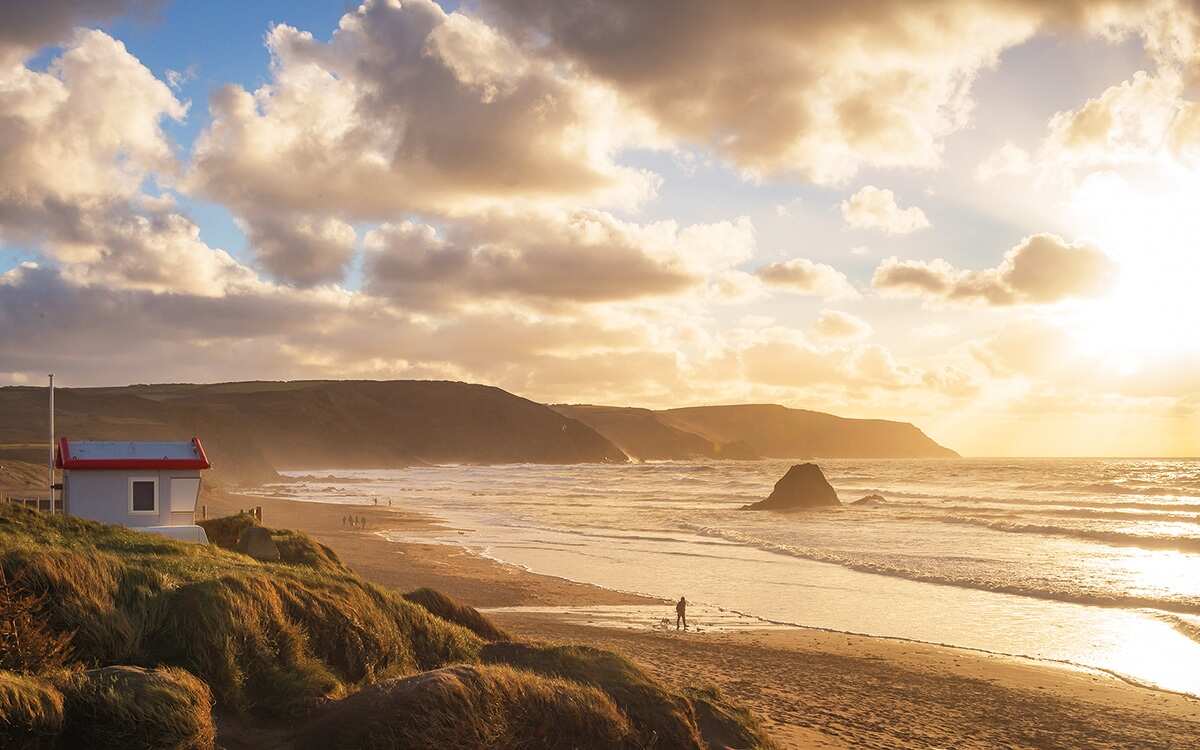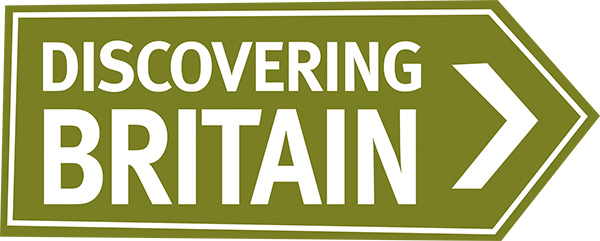
Rory Walsh hears about a Cornish beach with a secret
Discovering Britain
View • Costal • South West England • Web Guide
Widemouth Bay is a broad, gently sloping beach framed by dark sandstone cliffs. It’s a popular spot for bathing and swimming. Low tide reveals a vast expanse of tantalising rock pools. In centuries past this natural harbour attracted Welsh traders. Boats brought cargoes of Welsh coal and limestone, then returned with Cornish copper, tin and slate. More recently, surfers rode the waves. Widemouth faces directly west, towards the North Atlantic, making the bay perfectly placed to catch the ocean’s ‘Atlantic rollers’.
Widemouth’s location and layout also help another kind of surfing. The beach is ideal for bringing ashore transatlantic submarine cables. The first landed at Widemouth in 1963. This underwater telephone line still runs to Tuckerton, New Jersey some 3,518 nautical miles away. Today seven cables lie buried below the sand. Among them are the Europe India Gateway (EIG) and the GLO-1 line with western Africa.

Another is the TAT-14, which carries up to three terabits of internet data – equivalent to 250 million phone books – every second. Analysts have estimated that Widemouth now carries a quarter of the world’s internet traffic. Countless emails, texts, videos and photos pass through twenty-four hours a day, every day of the year.
The cables are unseen, but maybe not unheard. Six miles north of Widemouth Bay is GCHQ Bude, a British Intelligence satellite station. In 2013 The Guardian newspaper reported that GCHQ Bude can tap into the data at Widemouth. Rumour has it that one cable carries the telephone hotline between Downing Street and the White House. Widemouth’s telephone repeater station is an underground bunker built to withstand nuclear attack.

Go to the Discovering Britain website to find more hikes, short walks, or viewing points. Every landscape has a story to tell!




